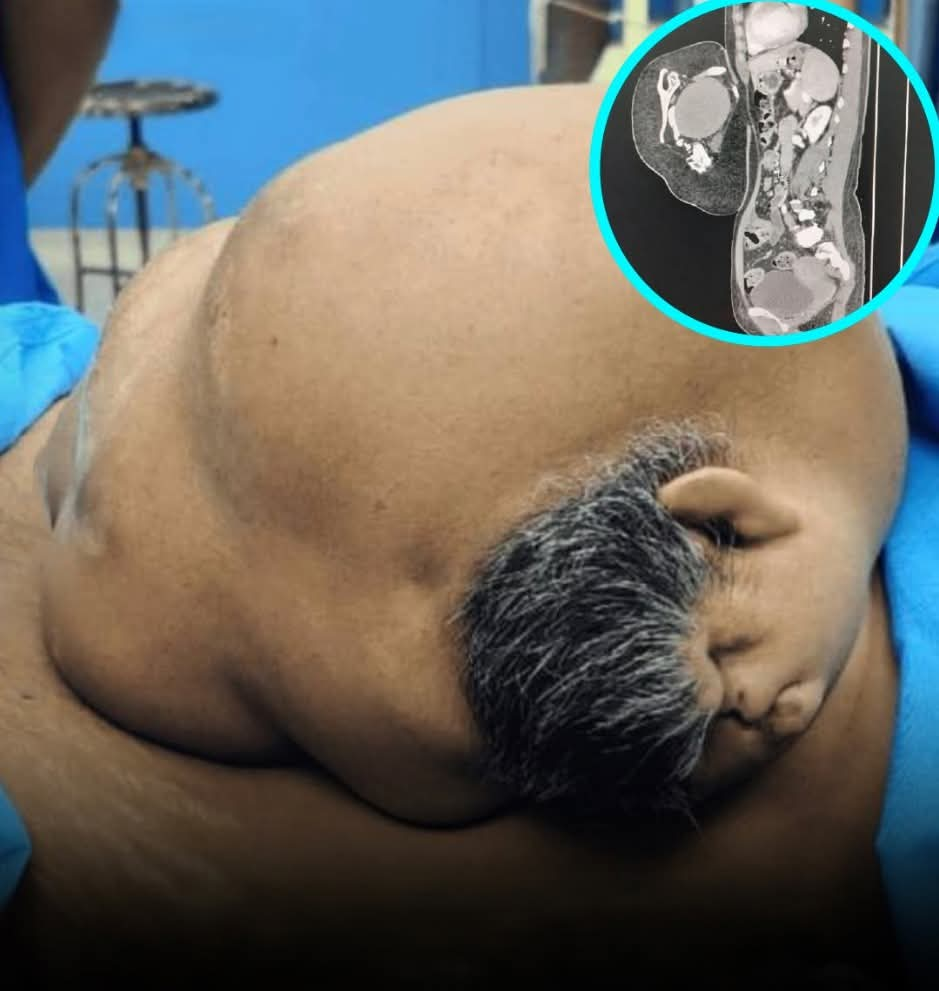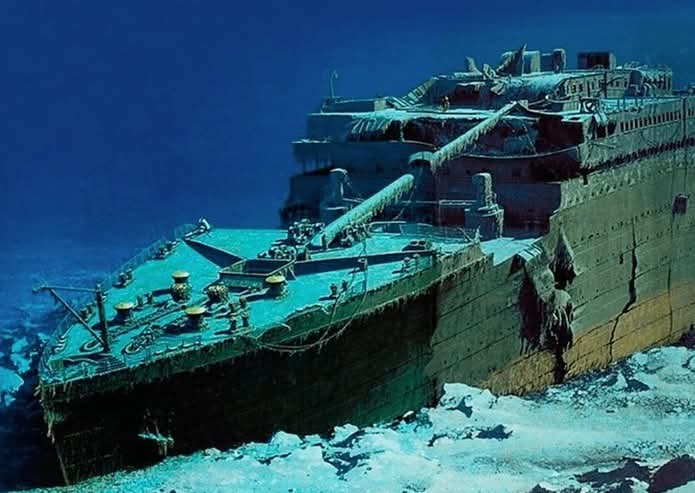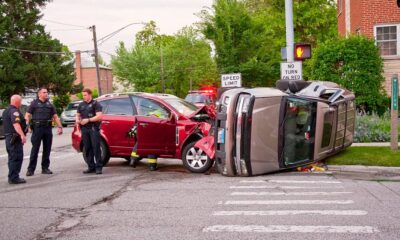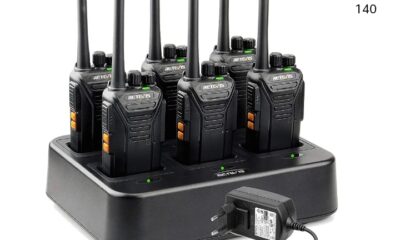IduwiniVoice Edubbas
Mobile Phone Usage in Hazardous Industrial Areas.

Mobile Phone Usage in Hazardous Industrial Areas.
Balancing Connectivity and Safety in High-Risk Environments.
By Anthony Beauty, Staff Writer.
In an increasingly connected world, the ubiquity of mobile phones has revolutionized communication and connectivity. However, as these devices find their way into every facet of our lives, questions arise about their safe usage, particularly in hazardous areas where explosive gases, flammable liquids, and other dangerous substances abound. Striking a balance between connectivity and safety becomes paramount in these high-risk environments.
The Connectivity Conundrum
Mobile phones have seamlessly integrated into our daily routines, providing instant access to information and communication with a tap of the finger. This evolution has extended to hazardous areas, where workers often require real-time communication for coordination, monitoring, and emergency response. The convenience and functionality of smartphones make them an appealing tool, potentially streamlining operations and enhancing safety protocols.
The Hazardous Reality
Hazardous areas, such as oil refineries, chemical plants, and mining sites, host a multitude of risks due to the presence of volatile materials and high-pressure equipment. These environments are prone to the release of explosive gases, which can be ignited by sparks generated from electronic devices like mobile phones. The use of phones in these settings can trigger catastrophic incidents, resulting in fires, explosions, and loss of life.
Mitigating the Threats
As the demand for connectivity persists, industries have been pushed to find ways to mitigate the risks posed by mobile phone usage in hazardous areas. Some strategies include:
Intrinsically Safe Devices: Intrinsically safe (IS) devices are designed to prevent the generation of sparks or excessive heat that could ignite flammable substances. These devices undergo rigorous testing to ensure they meet stringent safety standards.
Zone Classification: Hazardous areas are often classified into zones based on the likelihood of the presence of hazardous substances. Mobile phones that are certified for specific zones can be used safely in those areas.
Strict Regulations: Regulatory bodies, such as OSHA (Occupational Safety and Health Administration) and ATEX (Atmosphères Explosibles), have established guidelines and standards for the safe use of electronic devices in hazardous environments.
Looking Ahead
The challenge lies in implementing these safety measures effectively without compromising the need for seamless communication. As technology continues to evolve, industries must remain vigilant in adopting the latest advancements in intrinsically safe devices, wireless communication, and remote monitoring. By embracing innovation while respecting safety protocols, hazardous industries can foster a culture of connectivity without jeopardizing the well-being of their workforce.
In the grand tapestry of modern connectivity, the issue of mobile phone usage in hazardous areas serves as a poignant reminder that progress must always be accompanied by responsible consideration for safety. As industries navigate this delicate balance, one thing remains clear: in the quest for connectivity, the preservation of human life is paramount.
IduwiniVoice Edubbas
Wonders as Woman Lived with Parasitic Twin Inside Her for Almost 50 Years before Discovery

By: Daire Perez
Medical science isn’t just your everyday paracetamol and headache, seat back and be amazed by this rare and heartbreaking medical case. A 47-year-old woman recently learned that the large abdominal mass she had lived with since birth was in fact her undeveloped twin. The rare congenital condition known as an epigastric heteropagus twin, occurs when one embryo fails to fully develop and remains attached to the other during pregnancy.
According to reports, the woman – a mother of four – decided to undergo surgery after carrying the mass for nearly half a century. Surgeons discovered a 24-centimeter growth containing primitive human features, including an ear, a nose, and partially formed limbs. The mass was being nourished by an artery connected to the carrier’s abdomen.
Medical specialists involved in the case emphasized the crucial role of advanced imaging studies conducted before operation. These scans allowed doctors to precisely map the mass’s structure and safely remove it without endangering the patient’s life.
Cases of parasitic twins are extremely rare, making this one of the most unusual and fascinating occurrences in modern medical literature.
Adapted from Weired, Wonder, and Amazing Tings (Facebook)
IduwiniVoice Edubbas
TITANIC: A GRAVE IN THE DEEP – 113 YEARS LATER, QUESTIONS STILL HAUNT THE ATLANTIC

By Tama Peretengboro
Imagine the icy Atlantic, silent but for the fading cries of the doomed. On the early morning of April 15, 1912, the RMS Titanic-the so-called “unsinkable” ship-vanished beneath the surface of the North Atlantic,taking more than 1,500 lives with it.The tragedy remains one of the most devastating maritime disasters in history.
In the aftermath, survivors huddled in lifeboats, drifting in shock and silence.Many would later recall that the quiet that followed the sinking-the absence of voices, of splashes, of life – was more harrowing than the chaos itself.
For over seven decades, the wreck lay undisturbed, lost to time and memory-untilb1985, when an expedition led by Dr. Robert Ballard discovered the remains of the Titanic nearly 2.5 miles beneath the surface.What they found was a ship torn apart-broken in two and scattered across the ocean floor like an open wound frozen in time.
Since then, more than 5,000 artifacts have been recovered from the site, each one a chilling reminder of that fateful night: bottles of perfume that still carry their scent, letters that never reached their destinations, pairs of shoes lying where their owners once stood. These personal items have become the voice of the dead,telling stories that words cannot.
But even as these objects are studied and displayed in exhibitions around the world, a haunting question remains: Are there human remains still at the site?
Marine scientists are divided. Some argue that the ocean’s immense pressure, low temperatures, and microbial activity would have long since broken down any human tissue. Others point to the way personal effects remain arranged-shoes placed side by side, clothing intact in some cases-suggesting bodies once rested there,perhaps shielded by the deep.
What’s clear is that the Titanic is more than a shipwreck. It is a sunken memorial, a timecapsule lying in darkness. Over a century later, it continues to stir emotion and inquiry, reminding us that beneath the waves lies a tragedy that time can not wash away.
Credit: Weired, Wonder, and Amazing Things on Facebook
Advert
Video: House of Representatives Committee Proposes Creation of 31 New States in Nigeria
By Admin
Abuja – A proposal to create 31 additional states across Nigeria is currently under consideration by the House of Representatives Committee on Constitutional Review. According to the committee, the move aims to address concerns about representation, governance, and regional development across the country.
The proposed states are distributed across various geopolitical zones, with six states suggested for the North-Central region, four for the North-East, five for the North-West, five for the South-South, and seven for the South-West. The committee has indicated that the proposal is in line with Section 8(1) of the Nigerian Constitution, which outlines the requirements for state creation.
Proposed States by Region
North-Central
1. Benue Ala (Benue)
2. Okun (Kogi)
3. Okura (Kogi)
4. Confluence (Kogi)
5. Apa-Agba (Benue South Senatorial District)
6. Apa (Benue)
7. Federal Capital Territory, Abuja (as an autonomous state)
North-East
8. Amana (Adamawa)
9. Katagum (Bauchi)
10. Savannah (Borno)
11. Muri (Taraba)
North-West
12. New Kaduna (Kaduna)
13. Gurara (Kaduna)
14. Tiga (Kano)
15. Kainji (Kebbi)
16. Ghari (Kano)
South-East
17. Etiti (New)
18. Adada (Enugu)
19. Urashi (New)
20. Orlu (Imo)
21. Aba (Abia)
South-South
22. Ogoja (Cross River)
23. Warri (Delta)
24. Bori (Rivers)
25. Obolo (Rivers & Akwa Ibom), possibly a renamed Oil Rivers State
South-West
26. Toru-Ebe (Delta, Edo & Ondo)
27. Ibadan (Oyo)
28. Lagoon (Lagos & Ogun)
29. Ibeju (Ogun)
30. Ife-Ijesha (Ogun, Oyo & Osun)
31. Oke-Ogun (Ogun, Oyo & Osun)
Constitutional Process for State Creation
The proposal will require approval through a series of legislative steps. The Nigerian Constitution stipulates that for a new state to be established, it must be supported by at least a two-thirds majority in the National Assembly, the State House of Assembly, and local government councils in the affected areas. Additionally, a referendum will be conducted, with the final decision forwarded to the National Assembly for ratification.
This proposed restructuring has generated mixed reactions, with some viewing it as a step toward decentralization and regional autonomy, while others question its feasibility given Nigeria’s economic and political landscape.
What are your thoughts on this development? Share your views!






